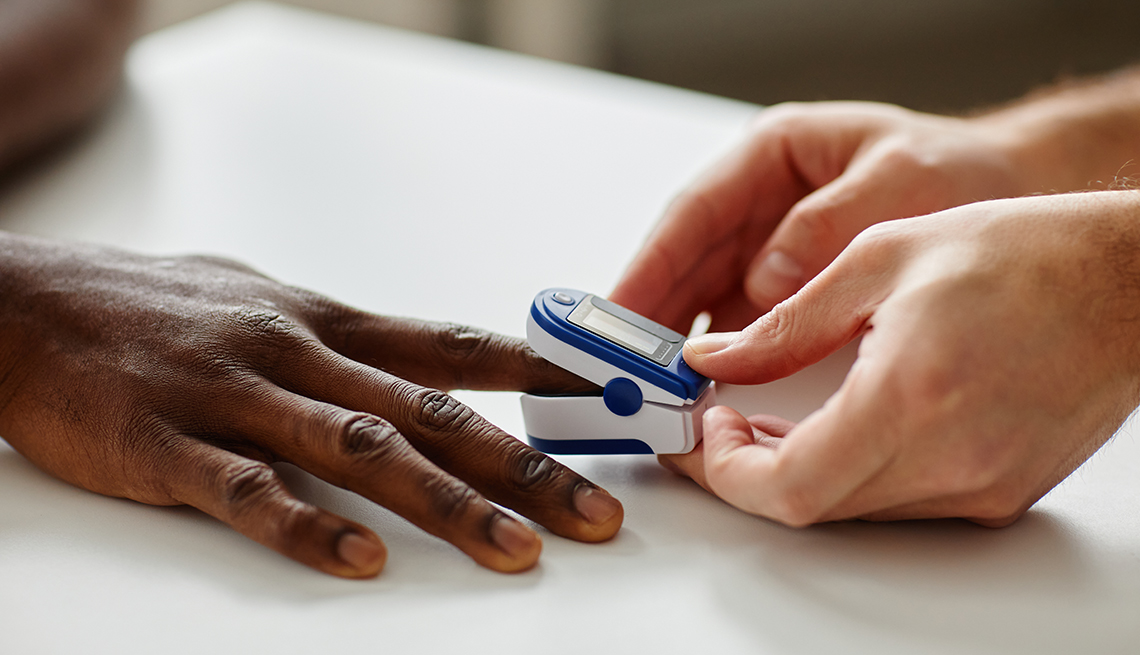Staying Fit
If you’ve been a patient at a hospital or health clinic, you likely have had a pulse oximeter clipped to your finger to measure your blood oxygen level and had a handheld device pointed at your forehead to read your temperature. Doctors rely on these modern medical devices to provide fast and accurate measurements to guide them in your care, and they’ve proven reliable — at least for the most part.
Concerns that darker skin pigmentation could throw off the readings from pulse oximeters and temporal artery thermometers have been voiced for years, but evidence that such imprecisions were significant enough to affect treatment provided to patients was missing. Newly published research, however, suggests these modern medical devices are not as accurate as needed to ensure all individuals with darker complexions receive proper care.


AARP Membership— $12 for your first year when you sign up for Automatic Renewal
Get instant access to members-only products and hundreds of discounts, a free second membership, and a subscription to AARP the Magazine.
Now, the Food and Drug Administration has announced that it will convene a panel of experts Nov. 1 to “discuss ongoing concerns that the pulse oximeters may be less accurate in individuals with darker skin pigmentations.” The advisory panel “will also discuss factors that may affect pulse oximeter accuracy and performance, the available evidence about the accuracy of pulse oximeters, recommendations for patients and health care providers, and the amount and type of data that should be provided by manufacturers to assess pulse oximeter accuracy and to guide other regulatory actions as needed.”
What studies have shown
In a December 2020 letter published in The New England Journal of Medicine, researchers at the University of Michigan Medical School reported that among a broad sample of hospitalized adults they found wider variations in pulse oximeter readings among Black patients than white patients.
Black patients, they reported, had nearly three times the frequency of “occult hypoxemia” than white patients. Occult hypoxemia was defined as having an arterial blood oxygen saturation (SaO2) of less than 88 percent despite a pulse oximetry (SpO2) reading greater than or equal to 92 percent. Oxygen saturation levels of 96 percent and higher are considered normal.
“Given the widespread use of pulse oximetry for medical decision making, these findings have some major implications, especially during the current coronavirus disease 2019 (COVID-19) pandemic. Our results suggest that reliance on pulse oximetry to triage patients and adjust supplemental oxygen levels may place Black patients at increased risk for hypoxemia,” the authors wrote. Hypoxemia, an abnormally low concentration of oxygen in the blood, can be life-threatening, according to the Cleveland Clinic.





































































